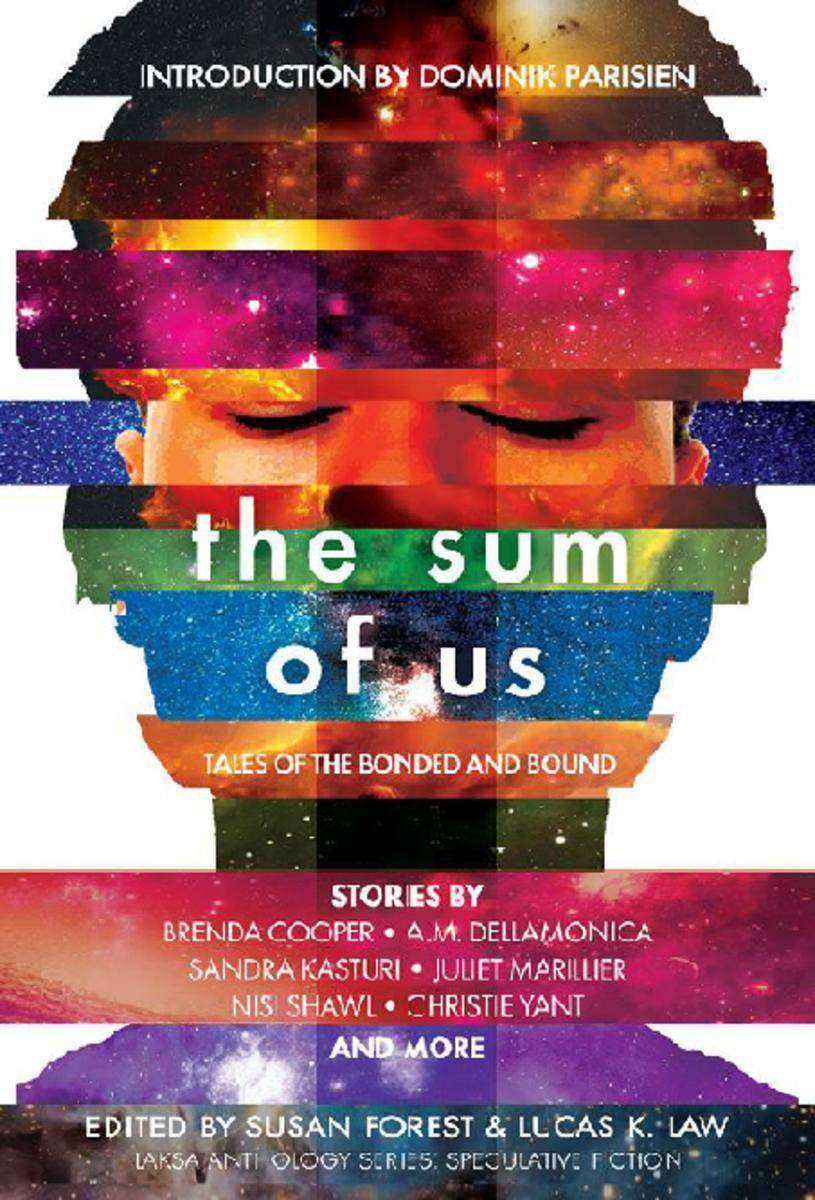
The Sum of Us: Tales of the Bonded and Bound
¥69.67
The greatest gift to us is caring. What would the world be like without someone to care for or to care with? Would love survive if we don't care? From the world of twenty-three science fiction and fantasy authors comes a world that can be funny, heartwarming, strange, or sad. Or not what we expect. Nominated – 2018 (Canadian SF&F) Aurora Award Shortlist (anthology/Best Related Work) 2018 Alberta Book Publishing Award Shortlist (Best Speculative Fiction) Finalist One story selected for Best of British Science Fiction 2017 (ed. by Donna Scott) One story selected for Best Indie Speculative Fiction, Vol. 1 (Bards & Sages Publishing) Five stories on Tangent Online Recommended Reading List 2017 One story nominated – 2018 (Canadian SF&F) Aurora Award Short Fiction Finalist One story – 2018 WSFA Small Press Award Finalist One story nominated – 2018 Sunburst Award for Excellence in Canadian Literature of the Fantastic Short Fiction Shortlist Three stories – 2018 Sunburst Award for Excellence in Canadian Literature of the Fantastic Short Fiction Longlist How can a henchman keep up with a mischievous retired supervillain? Can a dog help a hockey player score again? Will an odd couple with a zany sense of adventure and diminished capabilities survive an earthquake? Where does a stray cat go to find love every night? What secret does a pious monk have with a cargo of sleeping human? Will terrorism in space take out a young apprentice and a blind welder? What does an oracle tell a lover about her final days? Can a "heart of gold" prevent a soldier from crossing the enemy line with the governor's children? These, and many more. Featuring Original Stories by Colleen Anderson, Charlotte Ashley, Brenda Cooper, Ian Creasey, A.M. Dellamonica, Bev Geddes, Claire Humphrey, Sandra Kasturi, Tyler Keevil, Juliet Marillier, Matt Moore, Heather Osborne, Nisi Shawl, Alex Shvartsman, Karina Sumner-Smith, Kate Story, Amanda Sun, Hayden Trenholm, James Van Pelt, Liz Westbrook-Trenholm, Edward Willett, Christie Yant & Caroline M. Yoachim With Introduction by Dominik Parisien Edited by Susan Forest and Lucas K. Law Anthologies in this series (Strangers Among Us, The Sum of Us, Where the Stars Rise) have been recommended by Publishers Weekly, Booklist (American Library Association), Kirkus Reviews, Library Journal, School Library Journal, Locus, Foreword Reviews, and Quill & Quire. REVIEWS for THE SUM OF US “A strong collection . . . make it worth reading.” –Publishers Weekly “Definitely consider buying a copy, if not for yourself, then for someone who is serving as a caretaker. At the very least, it should make us all appreciate caretakers for all they do.” –Lightspeed Magazine “Thought provoking page-turners.” –Tangent “These stories take a broad exploration of what care can mean . . .” —Speculating Canada (Derek Newman-Stille)
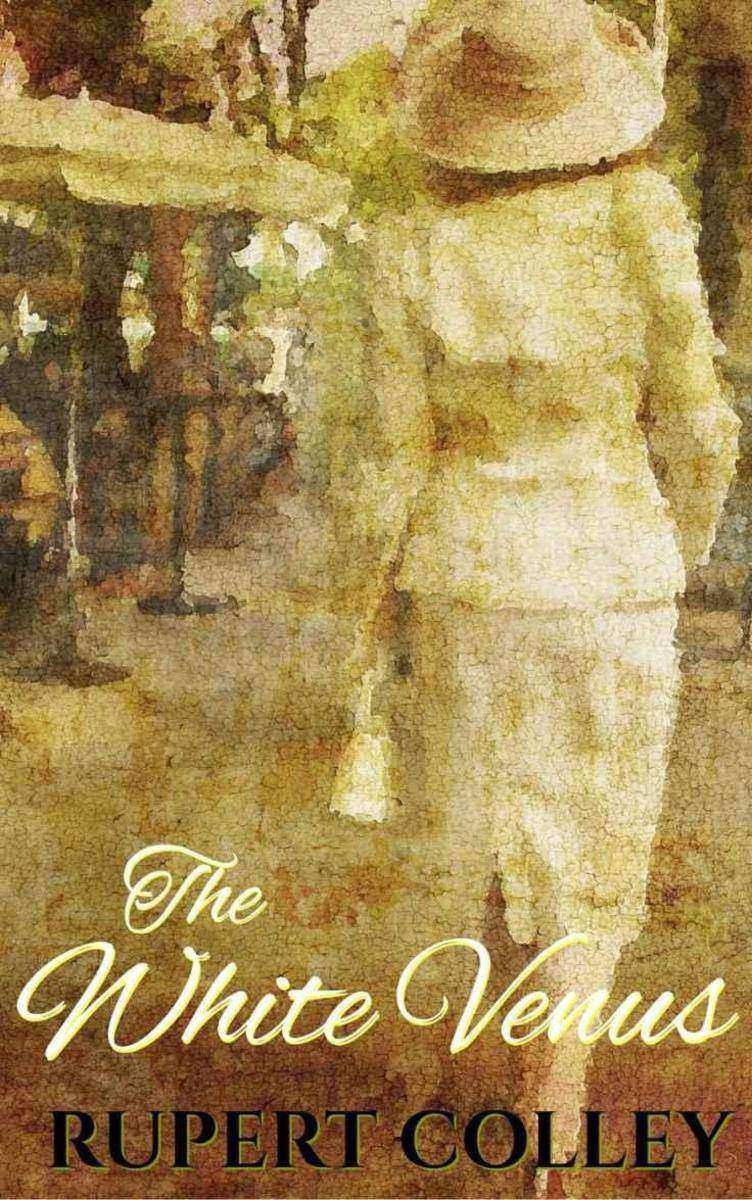
The White Venus: World War Two Historical Fiction
¥54.76
When the ties of loyalty are severed, whom do you trust?Part of?The Love and War Series, novels set during the 20th century's darkest years. World War Two. It is June 1940. France has surrendered and the Nazi German occupation begins. A small village in northern France awaits the arrival of a garrison of conquering Germans.?To their dismay, 16-year-old Pierre and his parents, Georges and Sandrine, are forced to accommodate a German major, Major Hurtzberger. He is the enemy within their midst; the invader of their country, and, more pertinently, the unwanted lodger within their home. The problem, however, is that the German is annoyingly pleasant. The major, with a son of his own, empathises with Pierre in a way Georges has never been able to. Immediately the two of them find a bond, leaving Pierre confused and his understanding of good and bad, of black and white, shattered.?But then, Georges, Pierre’s father, is arrested by the Gestapo and taken away. Forced to confront the prejudices of others, as well as his own, Pierre has to ask where his loyalties lie, and who are his friends and who, exactly, is the enemy.?Desperate to prove himself a man, Pierre is continually thwarted by those he trusts – his parents, the villagers and especially Claire, the girl he so desires.?Pierre’s quest brings to the fore a traumatic event in the family’s past, a tragedy never forgotten but never mentioned. Only by confronting his trauma, can Pierre find the answer and prove he is a man in a country at war.From the founder of the History In An Hour series, comes another powerful work of WW2 historical fiction that will remain with you long after you’ve turned the final page.“Really enjoyed this book. Loved the characters and their involvement in the story.”“This is a book with difference. I will look for more books by this author.”“Colley draws his characters with fine lines, illustrating both the brutality and compassion shown by individuals on both sides of this war.”“Told with great poignancy.”Historical fiction with heart and drama.
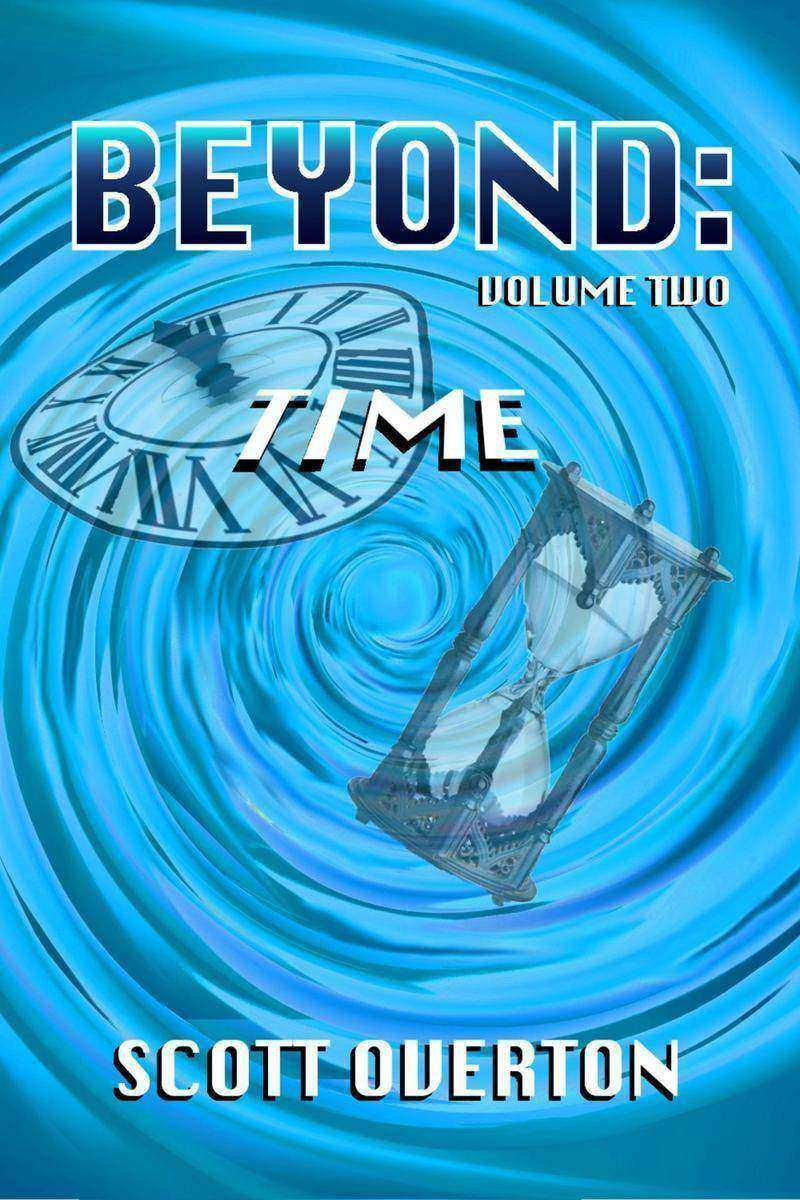
Beyond: Time
¥26.07
Three thrilling tales that transcend time: The Long Commute Shon Howard and others like him go to work every day to reverse the ravages of climate change, pollution, and other evils. His daughter’s life depends on it. Because in Shon’s world, mistakes of past centuries can be corrected by visiting key moments in time. As long as he doesn’t get caught. A Taste Of Time Gabby Dufour hates the blueberries that grow over the site of her home town, destroyed in a fire decades ago. Then young berry-loving Amanda comes to visit, with inexplicable knowledge about the town, and Gabby is forced to wonder if there’s more to blueberries than meets the tongue. (First published in On Spec #88 vol 24 no 1, August 2014.) Hurricane The crew of a Hurricane Hunter aircraft is assigned to monitor an experiment designed to collect the awesome energy of a powerful storm. When the project succeeds too well, nowhere is beyond its destructive reach. Praise for Scott Overton: “A storyteller of boundless skill…a writer to watch.” “A gifted wordsmith.”
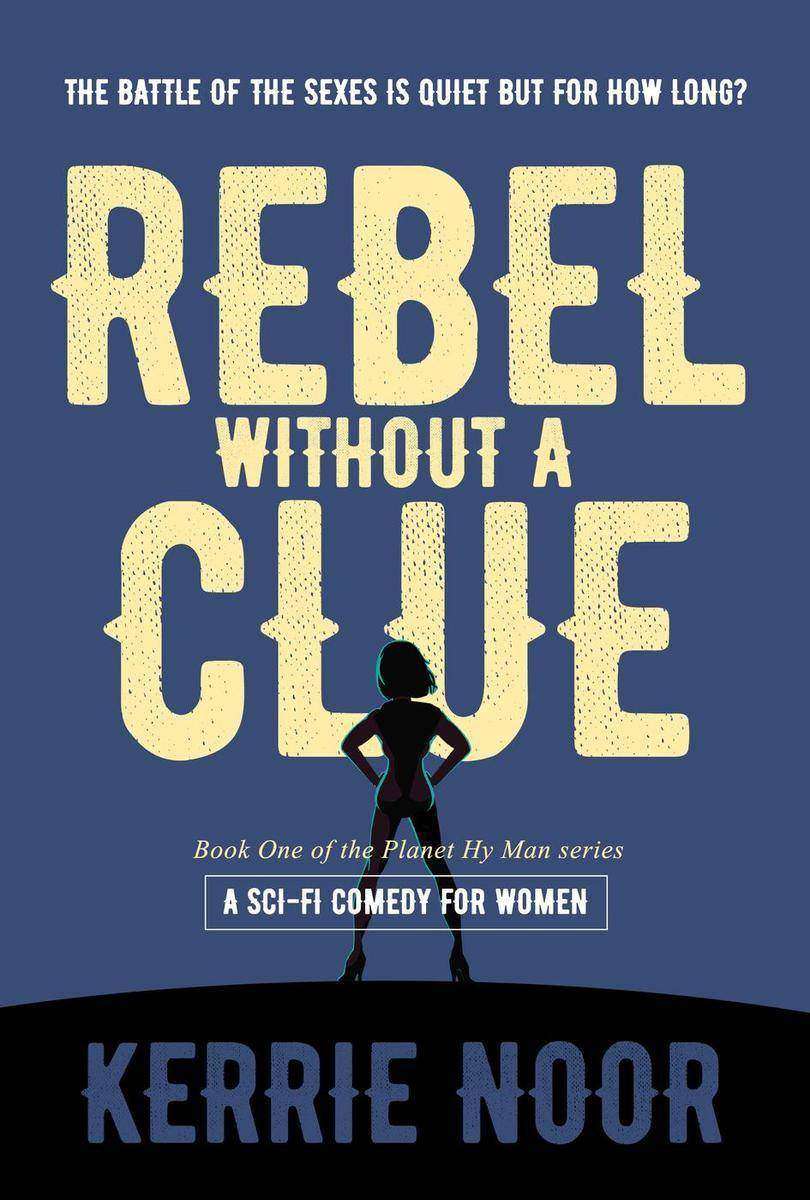
Rebel Without a Clue: Planet Hyman
¥8.63
Mex is looking forward to a well-earned retirement for saving planet Hy Man from men. Instead she has been sent on a mission that will ruin her career with a robot who rubs her up the wrong way... Beryl is the leader of planet Hy Man and fighting to remain so. She is the reason that Mex is where she is trying to understand the Scottish accent, the Scottish weather and why everything they eat is covered in batter. Beryl is desperate, the planet’s energy is on its last legs and chapping at her heels to take over is the ruthless Hilda. A woman with a personality as bad her haircut and will do anything to get her way...
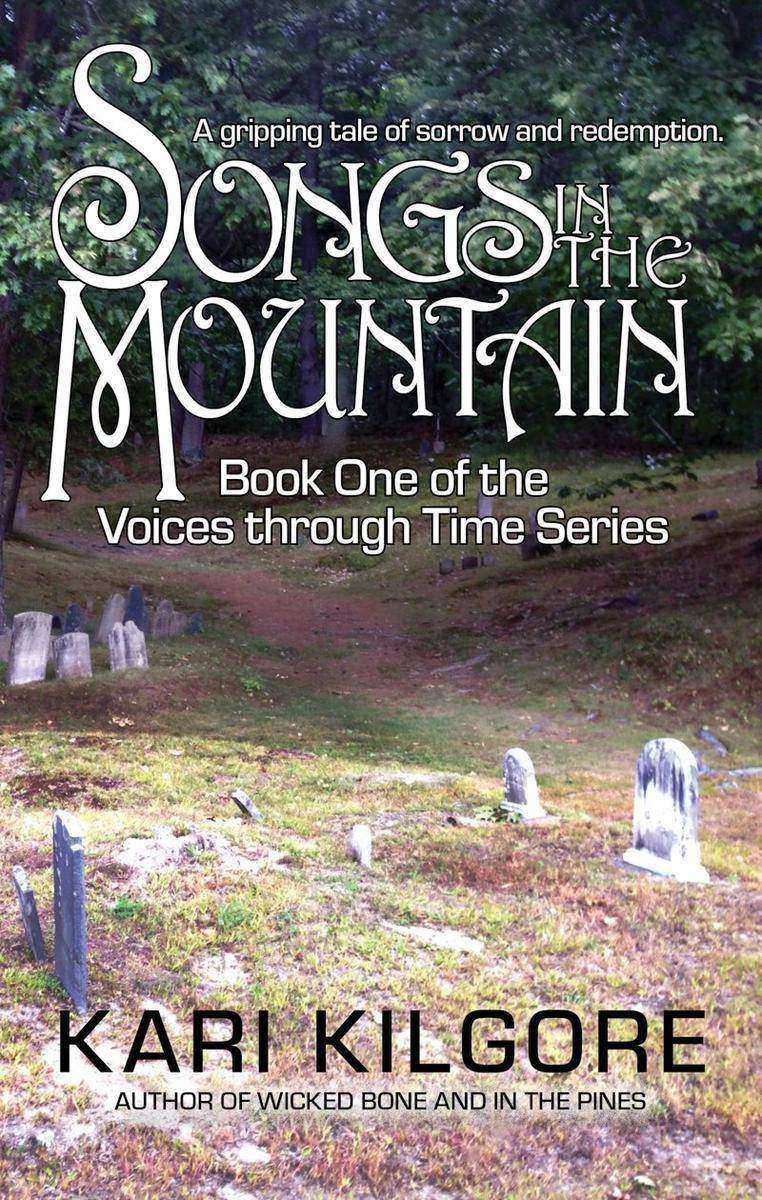
Songs in the Mountain
¥34.79
Hartstown, Virginia, holds stunning natural beauty and a close-knit mountain community. Deep in the heart of Appalachian coal country, Hartstown?also suffers more than its fair share of tragedy. Beth Azen discovers a strange ability that leads her deep into the ancient mysteries of the mountains around her. Mark Hersch finds more than he ever imagined on his lifelong quest to heal the damage left by decades of mining. Together, they discover the deadly nature of true loneliness. A gripping tale of sorrow and redemption. Inspired by Far Southwest Virginia: A Postcard and Photographic Journey, also from Spiral Publishing. An excerpt from Songs in the Mountains: “Can you hear me?” Beth whispered, her cheeks turning red. She tried again, a bit louder. “Hello? I hear you talking. Is anyone there?” The song continued without even a pause. Beth scrubbed her fingers through her hair, then got as close to shouting as she dared in the closed space with people right outside the door. “Either tell me what you want or leave me alone!” The voices stopped. Beth tried to hold perfectly still, not sure if she wanted an answer or for the whole thing to be over. She could probably adjust to not having music anymore, but not to the constant noise. The low, empty circuit hum in her ears intensified, and a voice floated up like a distant station on her great-uncle’s old tube radio. “Been wonderin’ if anyone was there.” The woman spoke with a thick dialect that was hard to understand, but Beth thought it had to be from close by. “Been tryin’ to get through for a powerful long time.” Beth opened her mouth twice before any words made it out.

Blind the Eyes
¥43.51
Captivatingly creepy YA dark fantasy for fans of Holly Black, Victoria Schwab, and Dawn Kurtagich. A troublemaking ghost. A devious rebel. A stylist with a secret. A monster-hunter who exists only in her dreams. And one girl who's about to lose everything she thinks she needs to find the one thing she never knew was missing. Claim your fears. Own your failure. Keep fighting. A not-quite-alive girl and her not-quite-dead ghost discover trusted authorities lie, allies have their own agendas and even the monsters wear masks in a journey of betrayal, revenge, and finding the power to fight back. Read this atmospheric and twisty YA dystopian dark fantasy for fans of Brenna Yovanoff, Laini Taylor, and Dawn Kurtagich today! Praise for Blind the Eyes: "...a complex tale that unfolds like a dream itself--mystical, and sometimes odd, but always captivating" --"20 Favorite Indie Books of 2018", Barnes & Noble Press "real in its essence and darkly satisfying at the same time" --★★★★★ NetGalley Reviewer "a deep and intricate storyline" --★★★★ NetGalley Reviewer "a fantastical dream" --★★★★★ NetGalley Reviewer "riveting thrill ride from beginning to end" --★★★★★ NetGalley Reviewer "mystical and a well-woven story" --★★★★★ NetGalley Reviewer "a fantasy dystopian post-apocalyptic adventure of dreams, choice, and desire, and the nightmares that feed on us" --★★★★★ NetGalley Reviewer
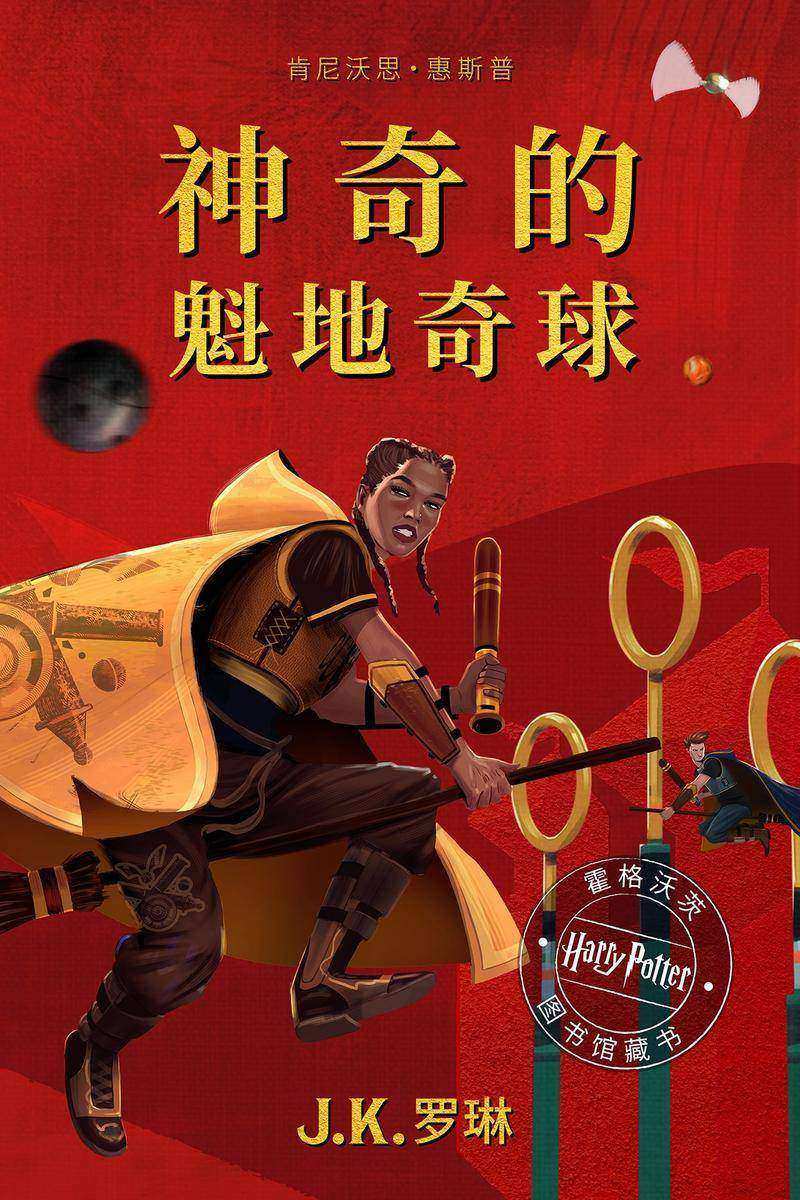
神奇的魁地奇球
¥10.00
《神奇的魁地奇球》是魔法世界经久不衰的畅销书,也是霍格沃茨学校图书馆中受欢迎的书之一,书中包含了你需要知道的一切,包括高尚的魁地奇运动的历史和规则(以及犯规)。这本权威指南的作者是受人尊敬的魁地奇运动作家肯尼沃思·惠斯普,书中充满了引人入胜的知识,记录了这项运动的历史,从中世纪时在魁地沼的起源,一直到它成为现代体育运动,被全世界无数巫师和麻瓜家庭所热爱。书中全面介绍了知名的魁地奇球队、常见的犯规行为、比赛扫帚的发展进化,以及其他很多内容,对所有哈迷、魁地奇爱好者和运动员来说,它都是一本不可或缺的体育圣经。不管你是周末打球的业余爱好者还是拥有查德理火炮队赛季门票的铁杆球迷,都应该有一本。魔法世界著名的体育图书新版上市,采用J.K.罗琳的原创文本,配上约翰尼·达德尔绘制的华丽封面,以及托米斯拉夫·托米奇的插图。这本电子书的净零售价*有至少15%将捐给喜剧救济基金会和“荧光闪烁”基金会,用于改善儿童和青年的生活。其中20%捐给喜剧救济基金会,80%捐给“荧光闪烁”慈善组织。喜剧救济基金会是英国的注册慈善组织,注册号是326568(英国、威尔士)和SC039730(苏格兰)。“荧光闪烁”基金会是英国的注册慈善组织,注册号是1112575。* 净零售价指的是不含销售税的价格。
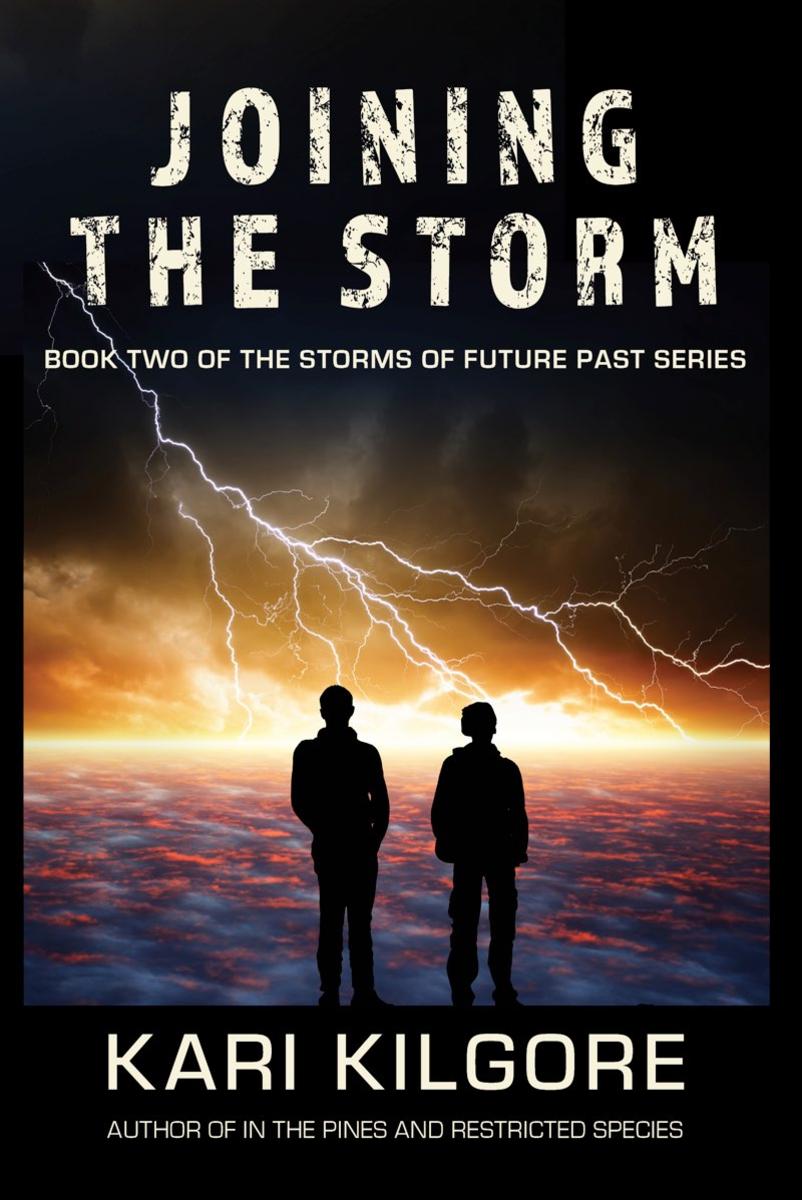
Joining the Storm
¥43.51
The Storm Builds Etan Griffith loves his life in Chicago, far from his native Blue Ridge Mountains. Alex Collins escaped Wisconsin to a career he loves, in a city that welcomes him more than his own family. Both seek the missing piece to their puzzle. Dreams and patterns. Restless and searching. Then one snowy night sets their shared destiny in motion. An excerpt from Joining the Storm: “I never wanted you to know about the dreams,” Etan said. “I feel crazy enough without you confirming it.” “Crazy isn’t the question,” Alex said, stroking Etan’s hair. “Unless it’s both of us. You missed me saying every word feels true.” “I don’t even know what the dreams are, Alex. I know I have them, but I never remember a thing. That’s not exactly stable.” “Well, have a drink and let me enlighten you.” Etan sat up, managing to keep himself from curling up into a knot of fear again. He drained the whiskey, watching Alex do the same. “What you tell me in the middle of the night is all about how we can’t stay here much longer. Something bad is going to happen, with the food supply I think, and none of the cities are going to be safe anymore. And we don’t have much time to get ready before we’re trapped along with everyone else who’s not going to make it out.”
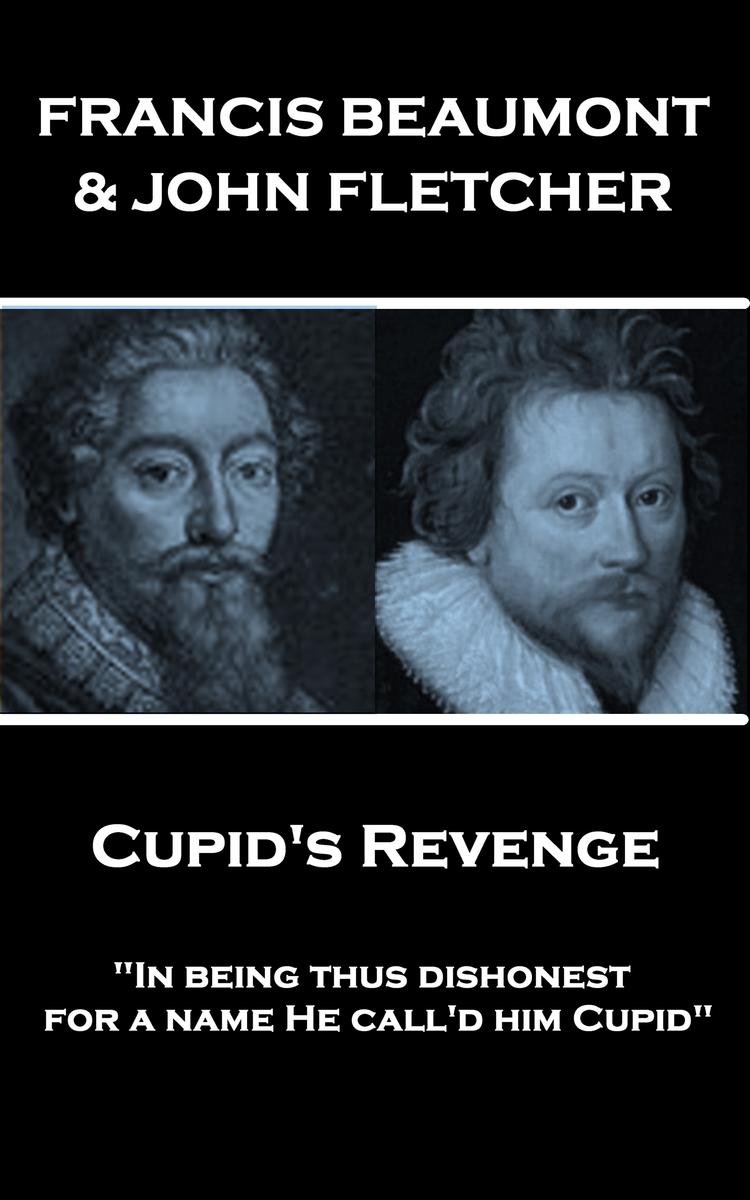
Cupid's Revenge - In being thus dishonest, for a name He call'd him Cupid
¥38.75
The English dramatists Francis Beaumont and John Fletcher, collaborated in their writing during the reign of James I of England (James VI of Scotland, 1567-1625; in England he reigned from 1603).Beaumont & Fletcher began to collaborate as writers soon after they met. After notable failures of their solo works their first joint effort, Philaster, was a success and tragicomedy was the genre they explored and built upon. There would be many further successes to follow.There is an account that at the time the two men shared everything. They lived together in a house on the Bankside in Southwark, "e;they also lived together in Bankside, sharing clothes and having one wench in the house between them."e; Or as another account puts it "e;sharing everything in the closest intimacy."e;Whatever the truth of this they were now recognised as perhaps the best writing team of their generation, so much so, that their joint names was applied to all the works in which either, or both, had a pen including those with Philip Massinger, James Shirley and Nathan Field.The first Beaumont and Fletcher folio of 1647 contained 35 plays; 53 plays were included in the second folio in 1679. Other works bring the total plays in the canon to about 55. However there appears here to have been some duplicity on the account of the publishers who seemed to attribute so many to the team. It is now thought that the work between solely by Beaumont and Fletcher amounts to approximately 15 plays, though of course further works by them were re-worked by others and the originals lost.After Beaumont's early death in 1616 Fletcher continued to write and, at his height was, by many standards, the equal of Shakespeare in popularity until his own death in 1625.
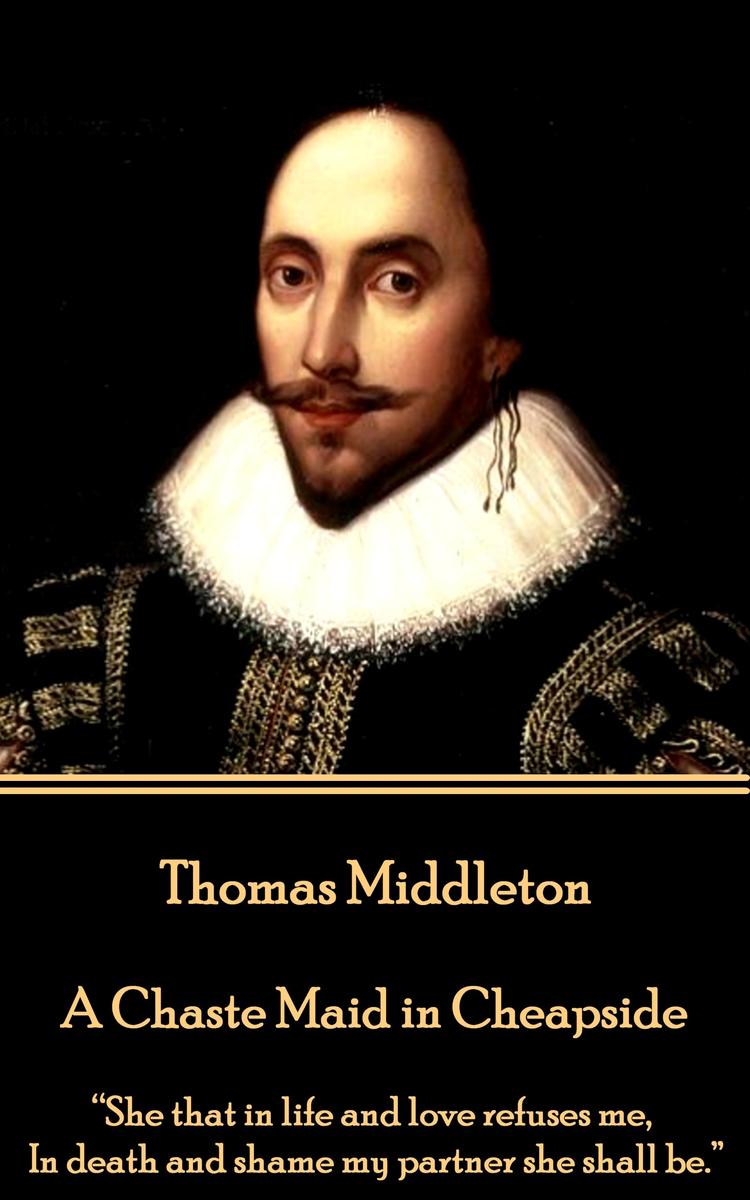
Chaste Maid in Cheapside - She that in life and love refuses me
¥23.45
Thomas Middleton was born in London in April 1580 and baptised on 18th April. Middleton was aged only five when his father died. His mother remarried but this unfortunately fell apart into a fifteen year legal dispute regarding the inheritance due Thomas and his younger sister. By the time he left Oxford, at the turn of the Century, Middleton had and published Microcynicon: Six Snarling Satirese which was denounced by the Archbishop of Canterbury and publicly burned. In the early years of the 17th century, Middleton wrote topical pamphlets. One - Penniless Parliament of Threadbare Poets was reprinted several times and the subject of a parliamentary inquiry. These early years writing plays continued to attract controversy. His writing partnership with Thomas Dekker brought him into conflict with Ben Jonson and George Chapman in the so-called War of the Theatres. His finest work with Dekker was undoubtedly The Roaring Girl, a biography of the notorious Mary Frith. In the 1610s, Middleton began another playwriting partnership, this time with the actor William Rowley, producing another slew of plays including Wit at Several Weapons and A Fair Quarrel. The ever adaptable Middleton seemed at ease working with others or by himself. His solo writing credits include the comic masterpiece, A Chaste Maid in Cheapside, in 1613. In 1620 he was officially appointed as chronologer of the City of London, a post he held until his death. The 1620s saw the production of his and Rowley's tragedy, and continual favourite, The Changeling, and of several other tragicomedies. However in 1624, he reached a peak of notoriety when his dramatic allegory A Game at Chess was staged by the King's Men. Though Middleton's approach was strongly patriotic, the Privy Council silenced the play after only nine performances at the Globe theatre, having received a complaint from the Spanish ambassador. What happened next is a mystery. It is the last play recorded as having being written by Middleton. Thomas Middleton died at his home at Newington Butts in Southwark in the summer of 1627, and was buried on July 4th, in St Mary's churchyard which today survives as a public park in Elephant and Castle.
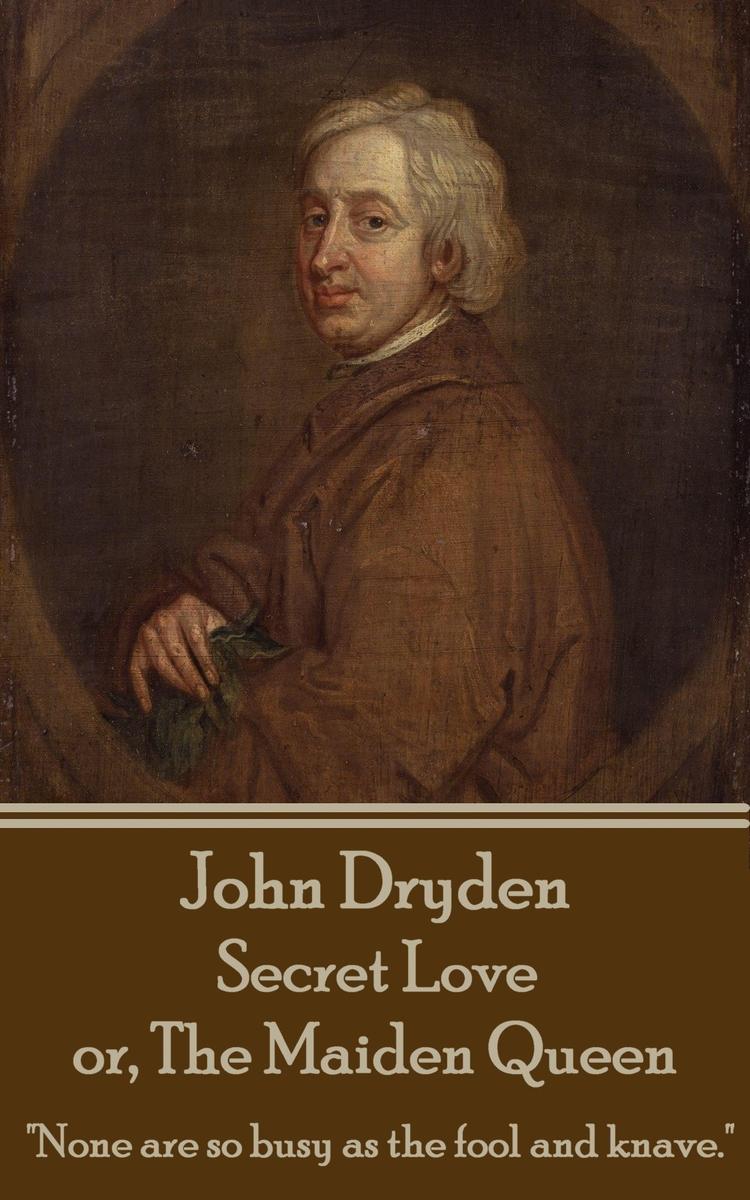
Secret Love or The Maiden Queen - Better shun the bait, than struggle in the sna
¥26.98
John Dryden was born on August 9th, 1631 in the village rectory of Aldwincle near Thrapston in Northamptonshire. As a boy Dryden lived in the nearby village of Titchmarsh, Northamptonshire. In 1644 he was sent to Westminster School as a King's Scholar. Dryden obtained his BA in 1654, graduating top of the list for Trinity College, Cambridge that year. Returning to London during The Protectorate, Dryden now obtained work with Cromwell's Secretary of State, John Thurloe. At Cromwell's funeral on 23 November 1658 Dryden was in the company of the Puritan poets John Milton and Andrew Marvell. The setting was to be a sea change in English history. From Republic to Monarchy and from one set of lauded poets to what would soon become the Age of Dryden. The start began later that year when Dryden published the first of his great poems, Heroic Stanzas (1658), a eulogy on Cromwell's death. With the Restoration of the Monarchy in 1660 Dryden celebrated in verse with Astraea Redux, an authentic royalist panegyric. With the re-opening of the theatres after the Puritan ban, Dryden began to also write plays. His first play, The Wild Gallant, appeared in 1663 but was not successful. From 1668 on he was contracted to produce three plays a year for the King's Company, in which he became a shareholder. During the 1660s and '70s, theatrical writing was his main source of income. In 1667, he published Annus Mirabilis, a lengthy historical poem which described the English defeat of the Dutch naval fleet and the Great Fire of London in 1666. It established him as the pre-eminent poet of his generation, and was crucial in his attaining the posts of Poet Laureate (1668) and then historiographer royal (1670). This was truly the Age of Dryden, he was the foremost English Literary figure in Poetry, Plays, translations and other forms. In 1694 he began work on what would be his most ambitious and defining work as translator, The Works of Virgil (1697), which was published by subscription. It was a national event. John Dryden died on May 12th, 1700, and was initially buried in St. Anne's cemetery in Soho, before being exhumed and reburied in Westminster Abbey ten days later.
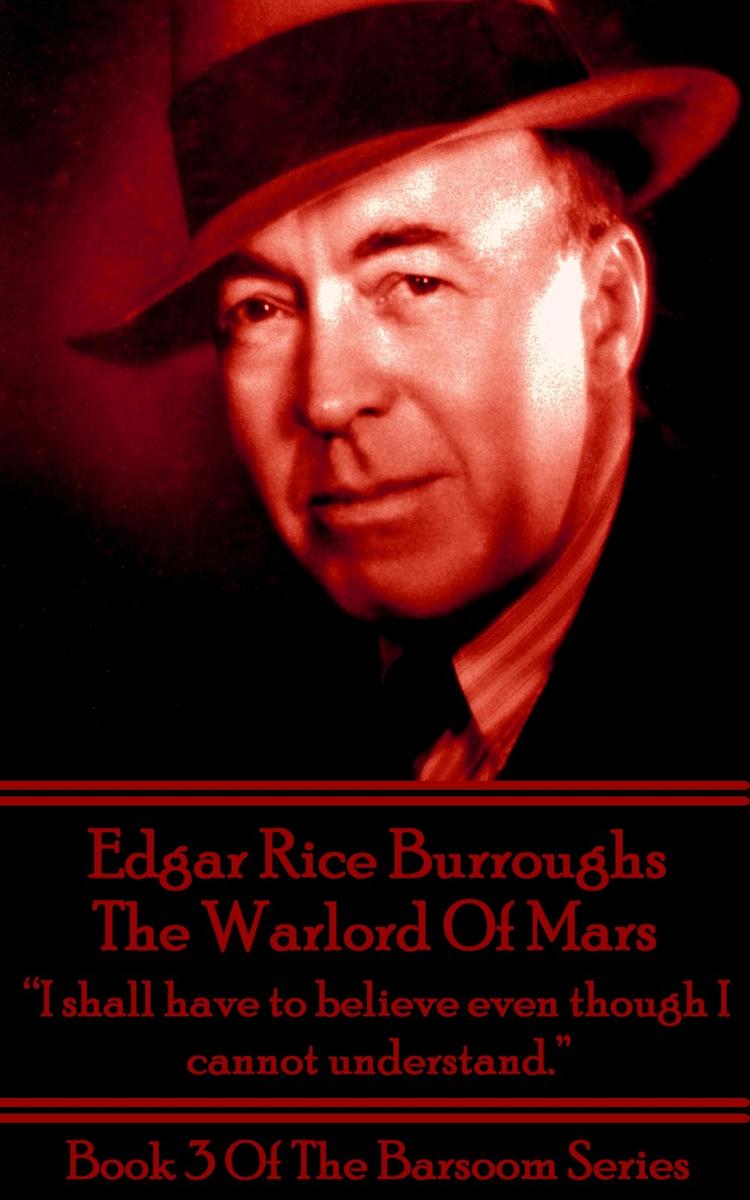
Warlord Of Mars - I shall have to believe even though I cannot understand.
¥35.22
Edgar Rice Burroughs was born on September 1, 1875, in Chicago, Illinois. His early career was unremarkable. After failing to enter West Point he enlisted in the 7th Calvary but was discharged after heart problems were diagnosed. A series of short term jobs gave no indication as to a career path but finally, in 1911, married and with two young children, he turned his hand to writing. He aimed his works squarely at the very popular pulp serial magazines. His first effort 'Under The Moons Of Mars' ran in Munsey's Magazine in 1912 under the pseudonym Norman Bean. With its success he began writing full time. A continuing theme of his work was to develop series so that each character had ample opportunities to return in sequels. John Carter was in the Mars series and there was another on Venus and one on Pellucidar among others. But perhaps the best known is Tarzan. Indeed Burroughs wanted so much to capitalise upon the brand that he introduced a syndicated Tarzan comic strip, movies and merchandise. He purchased a large ranch north of Los Angeles, California, which he named "e;Tarzana."e; The surrounding communities outside the ranch voted in 1927 to adopt the name as their own. By 1932 Burroughs set up his own company to print his own books. Here we publish the third in the Barsoom series and its enduring hero John Carter 'The Warlord of Mars'. Another cultural classic.
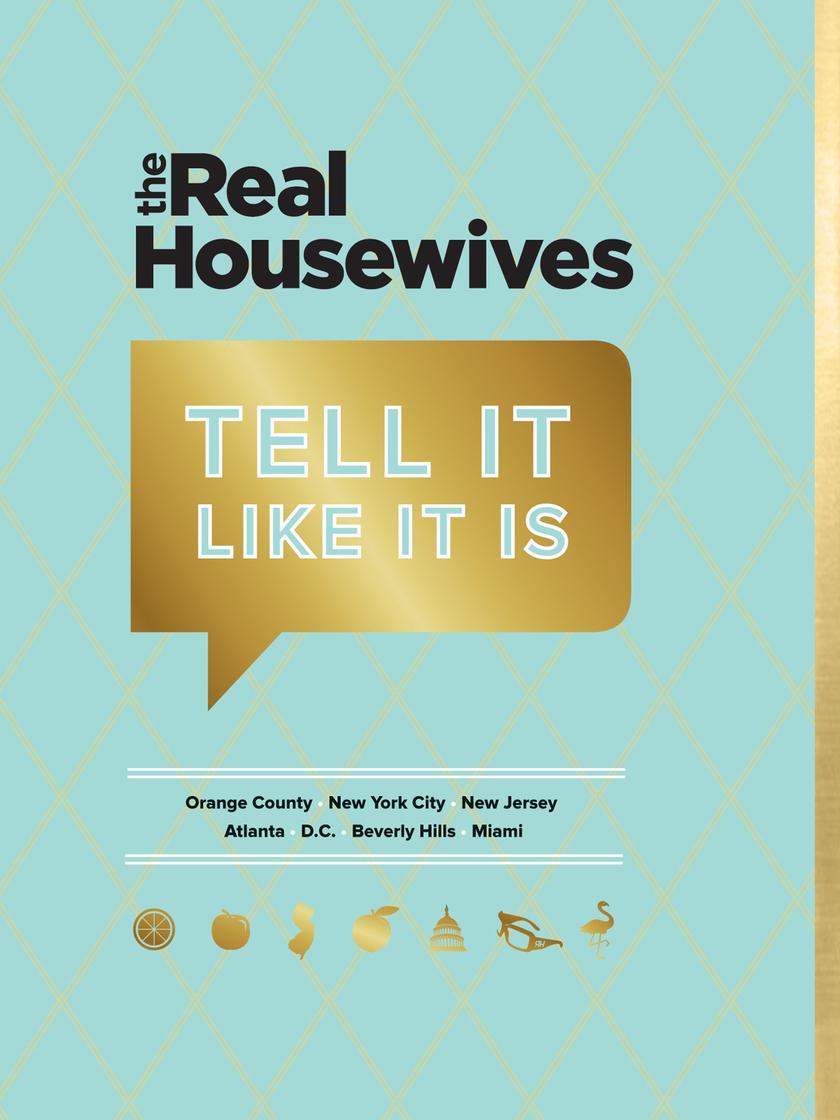
Real Housewives Tell It Like It Is
¥129.39
Bravo's The Real Housewives franchise has taken the country by storm with over 13 million fans and record-breaking new seasons. The Real Housewives Tell It Like It Is captures the best, most outlandish quotes from the ladies of the O.C., New York, Atlanta, New Jersey, D.C., Beverly Hills, and Miami in one deluxe volume so fans can refer to their unique brand of wisdom again and again. Organized by topic and brimming with color photographs, The Real Housewives Tell It Like It Is is a must-have for fans everywhere!

Art of Bolt
¥305.97
Meet Bolt: dashing super-dog, loyal companion, star of a hit television show. This heartfelt Disney computer-animated film follows Bolt on a cross country journey as he learns his entire life has been fakeand discovers he doesn't need super powers to be a hero. The Art of Bolt is a beautiful collection of more than 250 pieces of concept art created for the film, including storyboards, sketches, color scripts, full-color illustrations, as well as material from the fabled Disney archives. Quotes by the director, producer, and artists contextualize the art, and thoughtful essays explore Disney's past, present, and future in animation.

Art of Up
¥305.97
After Toy Story, Ratatouille, WALL-E, and other award-winning blockbusters, where else could Pixar Animation Studios go but Up? Their film is the heartwarming story of Carl Fredrickson (voiced by Ed Asner), a 78-year-old widower who feels that life has passed him byuntil a twist of fate takes him on a journey across the globe. The Art of Up contains more than 250 pieces of concept art developed for the feature, including storyboards, full-color pastels, digital and pencil sketches, character studies, color scripts, and more. Quotes from the director, artists, animators, and production team reveal the sky-high creativity that elevated this whimsical film to new heights.
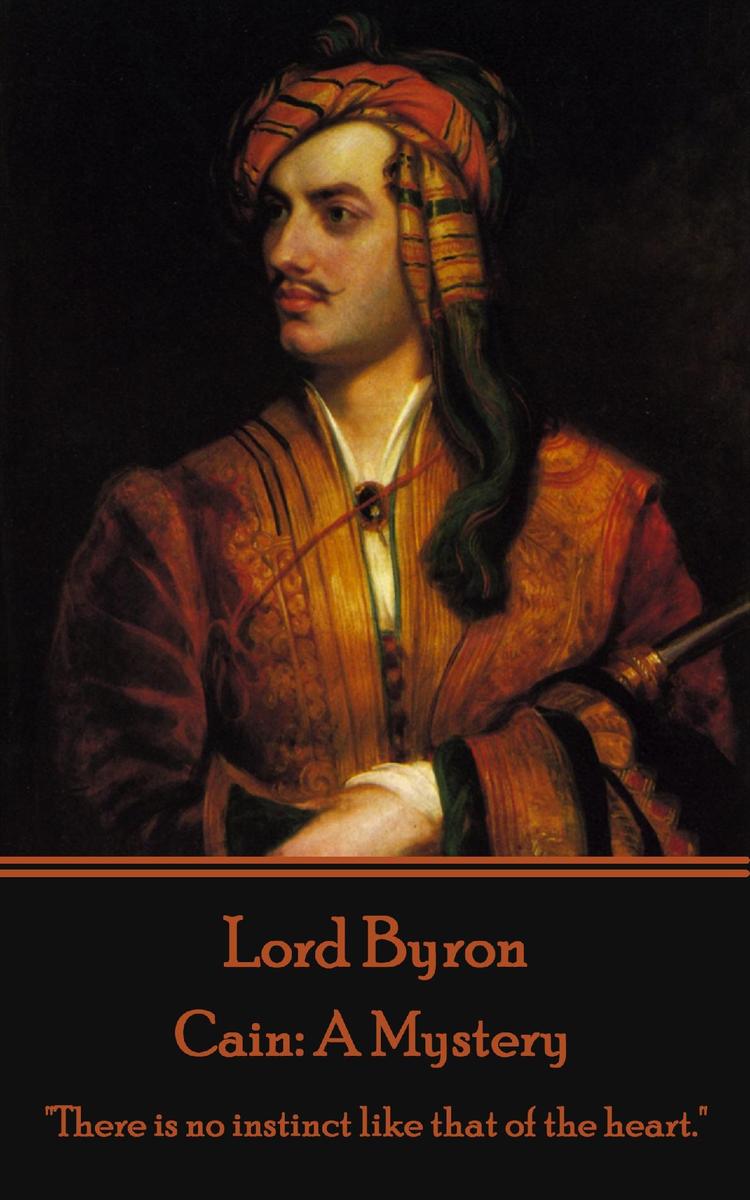
Cain: A Mystery - There is no instinct like that of the heart.
¥23.45
George Gordon Byron, 6th Baron Byron, but more commonly known as just Byron was a leading English poet in the Romantic Movement along with Keats and Shelley. Byron was born on January 22nd, 1788. He was a great traveller across Europe, spending many years in Italy and much time in Greece. With his aristocratic indulgences, flamboyant style along with his debts, and a string of lovers he was the constant talk of society. In 1823 he joined the Greeks in their war of Independence against the Ottoman Empire, both helping to fund and advise on the war's conduct. It was an extraordinary adventure, even by his own standards. But, for us, it is his poetry for which he is mainly remembered even though it is difficult to see where he had time to write his works of immense beauty. But write them he did. He died on April 19th 1824 after having contracted a cold which, on the advice of his doctors, was treated with blood-letting. This cause complications and a violent fever set in. Byron died like his fellow romantics, tragically young and on some foreign field.
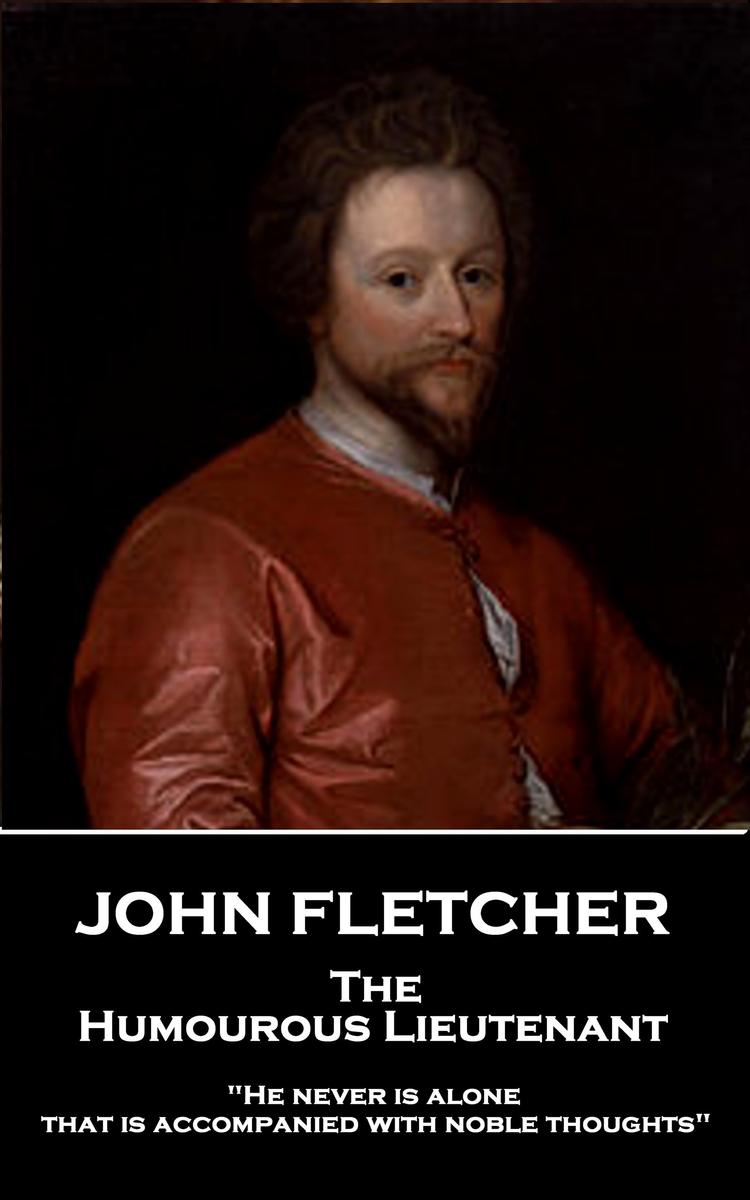
Humourous Lieutenant - He never is alone that is accompanied with noble thoughts
¥26.98
John Fletcher was born in December, 1579 in Rye, Sussex. He was baptised on December 20th. As can be imagined details of much of his life and career have not survived and, accordingly, only a very brief indication of his life and works can be given. Young Fletcher appears at the very young age of eleven to have entered Corpus Christi College at Cambridge University in 1591. There are no records that he ever took a degree but there is some small evidence that he was being prepared for a career in the church. However what is clear is that this was soon abandoned as he joined the stream of people who would leave University and decamp to the more bohemian life of commercial theatre in London. The upbringing of the now teenage Fletcher and his seven siblings now passed to his paternal uncle, the poet and minor official Giles Fletcher. Giles, who had the patronage of the Earl of Essex may have been a liability rather than an advantage to the young Fletcher. With Essex involved in the failed rebellion against Elizabeth Giles was also tainted. By 1606 John Fletcher appears to have equipped himself with the talents to become a playwright. Initially this appears to have been for the Children of the Queen's Revels, then performing at the Blackfriars Theatre. Fletcher's early career was marked by one significant failure; The Faithful Shepherdess, his adaptation of Giovanni Battista Guarini's Il Pastor Fido, which was performed by the Blackfriars Children in 1608. By 1609, however, he had found his stride. With his collaborator John Beaumont, he wrote Philaster, which became a hit for the King's Men and began a profitable association between Fletcher and that company. Philaster appears also to have begun a trend for tragicomedy. By the middle of the 1610s, Fletcher's plays had achieved a popularity that rivalled Shakespeare's and cemented the pre-eminence of the King's Men in Jacobean London. After his frequent early collaborator John Beaumont's early death in 1616, Fletcher continued working, both singly and in collaboration, until his own death in 1625. By that time, he had produced, or had been credited with, close to fifty plays.
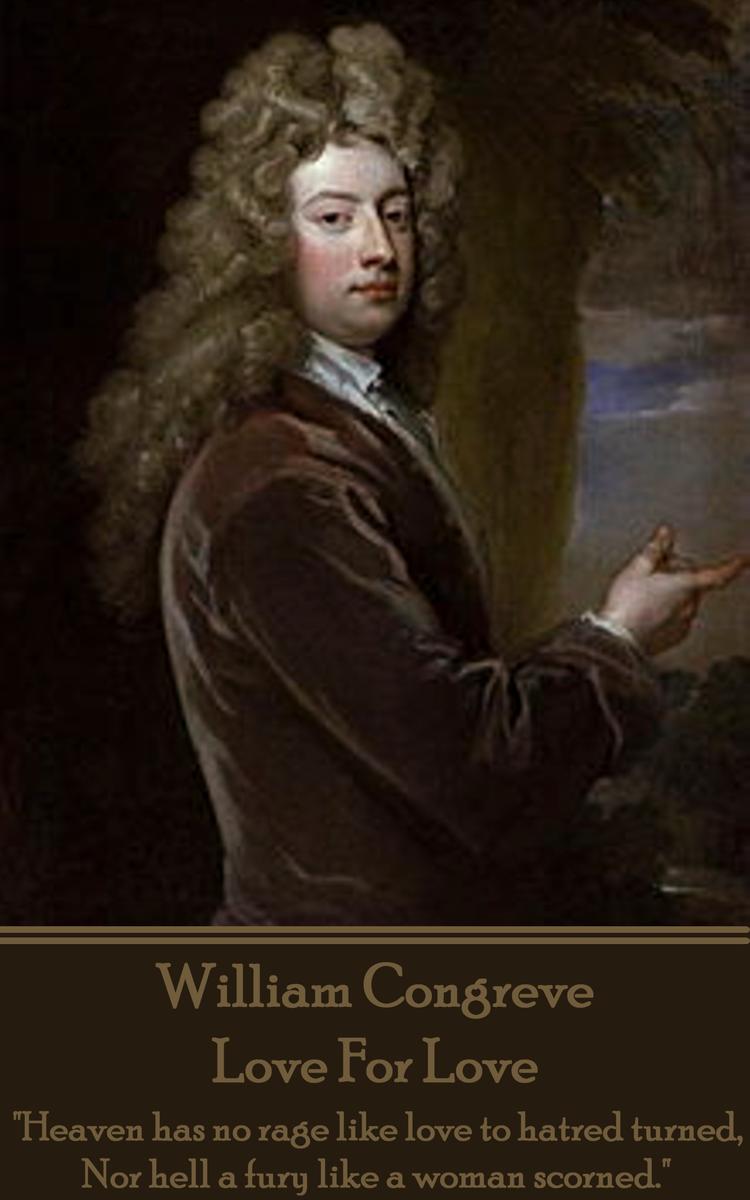
Love For Love - Heaven has no rage like love to hatred turned, Nor hell a fury l
¥21.09
William Congreve was born on January 24th, 1670 in Bardsey, West Yorkshire. Congreve's childhood was spent in Ireland (his father, a Lieutenant in the British Army had received a posting there). He was educated at Kilkenny College and then Trinity College in Dublin. After graduating he returned to London to study law at Middle Temple. However his interest in studying law soon lessened as the attraction of literature, drama, and the fashionable life began to exert its pull. This first play, The Old Bachelor, was written, to amuse himself during convalescence, and was produced at the Drury Lane Theatre in 1693. It was an enormous success. Although his playwrighting career was successful it was also very brief. Five plays authored from 1693 to 1700 would prove the entirety of his output. Although no further plays were to flow from his pen Congreve did write librettos for two operas and to begin translating the works of Moliere as well as Homer, Ovid and Horace and to write poetry. He also took an interest in politics and obtained various minor political posts, including being named Secretary of the Island of Jamaica by George I in 1714. Congreve suffered a carriage accident in late September 1728, from which he never recovered (having probably received an internal injury); William Congreve died in London on January 19th, 1729, and was buried in Poets' Corner in Westminster Abbey.
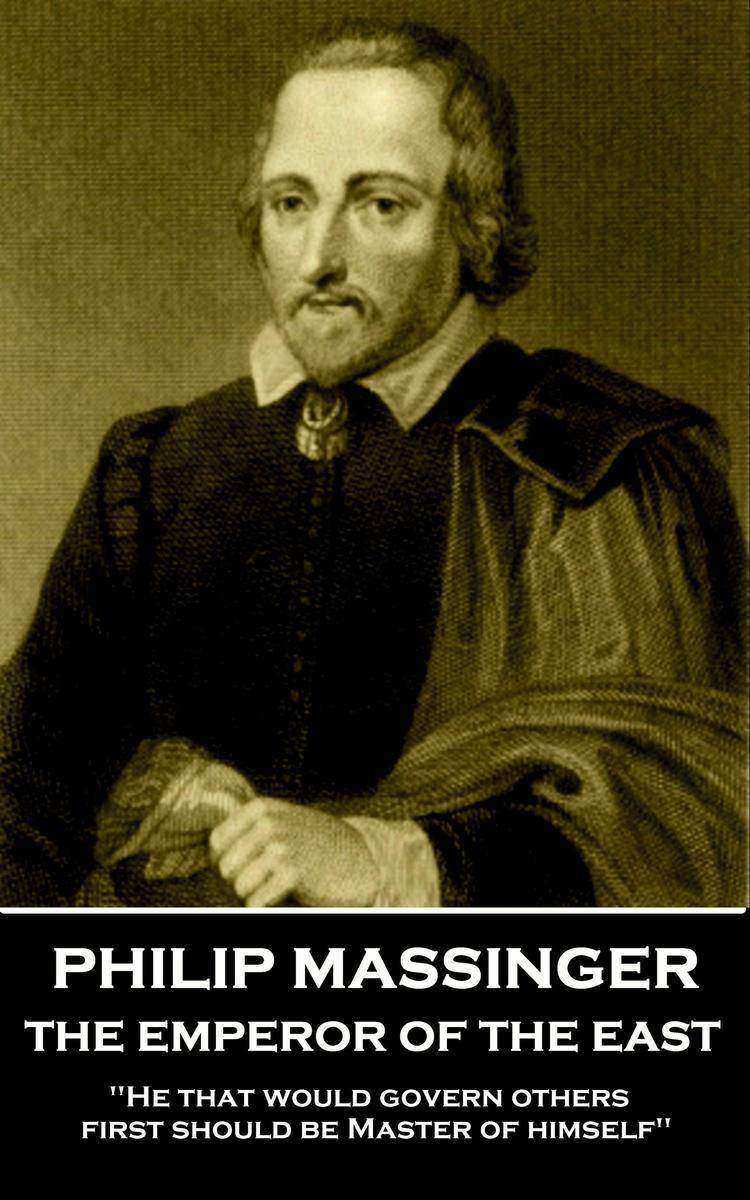
Emperor of the East - He that would govern others, first should be Master of him
¥23.45
Philip Massinger was baptized at St. Thomas's in Salisbury on November 24th, 1583.Massinger is described in his matriculation entry at St. Alban Hall, Oxford (1602), as the son of a gentleman. His father, who had also been educated there, was a member of parliament, and attached to the household of Henry Herbert, 2nd Earl of Pembroke. The Earl was later seen as a potential patron for Massinger.He left Oxford in 1606 without a degree. His father had died in 1603, and accounts suggest that Massinger was left with no financial support this, together with rumours that he had converted to Catholicism, meant the next stage of his career needed to provide an income.Massinger went to London to make his living as a dramatist, but he is only recorded as author some fifteen years later, when The Virgin Martyr (1621) is given as the work of Massinger and Thomas Dekker.During those early years as a playwright he wrote for the Elizabethan stage entrepreneur, Philip Henslowe. It was a difficult existence. Poverty was always close and there was constant pleading for advance payments on forthcoming works merely to survive.After Henslowe died in 1616 Massinger and John Fletcher began to write primarily for the King's Men and Massinger would write regularly for them until his death.The tone of the dedications in later plays suggests evidence of his continued poverty. In the preface of The Maid of Honour (1632) he wrote, addressing Sir Francis Foljambe and Sir Thomas Bland: "e;I had not to this time subsisted, but that I was supported by your frequent courtesies and favours."e;The prologue to The Guardian (1633) refers to two unsuccessful plays and two years of silence, when the author feared he had lost popular favour although, from the little evidence that survives, it also seems he had involved some of his plays with political characters which would have cast shadows upon England's alliances.Philip Massinger died suddenly at his house near the Globe Theatre on March 17th, 1640. He was buried the next day in the churchyard of St. Saviour's, Southwark, on March 18th, 1640. In the entry in the parish register he is described as a "e;stranger,"e; which, however, implies nothing more than that he belonged to another parish.
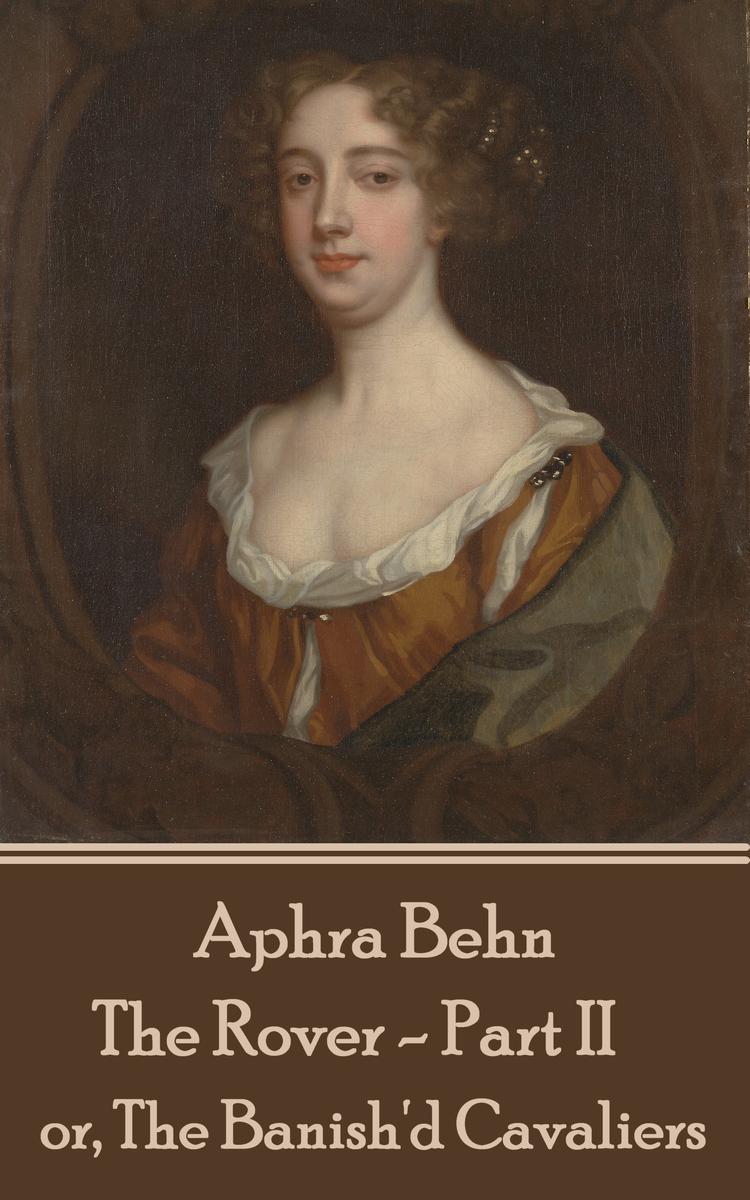
Rover - Part II - or, The Banish'd Cavaliers
¥23.45
Aphra Behn was a prolific and well established writer but facts about her remain scant and difficult to confirm. What can safely be said though is that Aphra Behn is now regarded as a key English playwright and a major figure in Restoration theatre. Aphra was born into the rising tensions to the English Civil War. Obviously a time of much division and difficulty as the King and Parliament, and their respective forces, came ever closer to conflict. There are claims she was a spy, that she travelled abroad, possibly as far as Surinam. By 1664 her marriage was over (though by death or separation is not known but presumably the former as it occurred in the year of their marriage) and she now used Mrs Behn as her professional name. Aphra now moved towards pursuing a more sustainable and substantial career and began work for the King's Company and the Duke's Company players as a scribe. Previously her only writing had been poetry but now she would become a playwright. Her first, "e;The Forc'd Marriage"e;, was staged in 1670, followed by "e;The Amorous Prince"e; (1671). After her third play, "e;The Dutch Lover"e;, Aphra had a three year lull in her writing career. Again it is speculated that she went travelling again, possibly once again as a spy. After this sojourn her writing moves towards comic works, which prove commercially more successful. Her most popular works included "e;The Rover"e; and "e;Love-Letters Between a Nobleman and His Sister"e; (1684-87). With her growing reputation Aphra became friends with many of the most notable writers of the day. This is The Age of Dryden and his literary dominance. From the mid 1680's Aphra's health began to decline. This was exacerbated by her continual state of debt and descent into poverty. Aphra Behn died on April 16th 1689, and is buried in the East Cloister of Westminster Abbey. The inscription on her tombstone reads: "e;Here lies a Proof that Wit can never be Defence enough against Mortality."e; She was quoted as stating that she had led a "e;life dedicated to pleasure and poetry."e;

Witch of Edmonton
¥19.91
John Ford is another of England's famed literary masters. A Playwright and Poet, he was the most important writer of Tragedies during the reign of King Charles I (1625-49). His works are beautifully poetic even whilst tackling subjects from incest to the choice between true love or forced marriage. Ford's work has endured down the centuries although little is known of his life, or, in some cases, even his contributions to his own plays when written with others. As a whole though it is a legacy of classics; powerful persuasions from driven characters and compelling narratives.




 购物车
购物车 个人中心
个人中心



